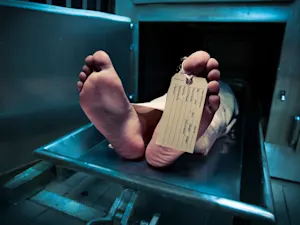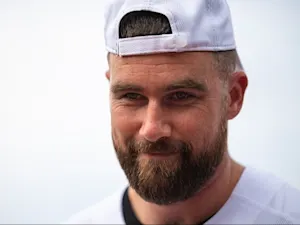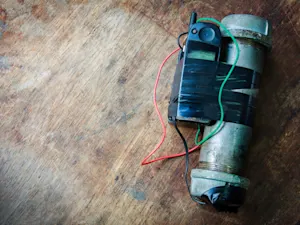
Killer Blames NFL for Brain Injury Cover-Up
On July 28, 2025, a tragic mass shooting unfolded at 345 Park Avenue in Midtown Manhattan, the office building that houses the National Football League's headquarters. Shane Tamura, a 27-year-old former high school football player, entered the building armed with a semi-automatic rifle and killed four people before taking his own life. In the aftermath, a startling revelation emerged: Tamura was posthumously diagnosed with low-stage chronic traumatic encephalopathy (CTE), a degenerative brain disease linked to repeated head trauma, especially in contact sports like football. This discovery raises urgent questions about the connection between brain injuries sustained in sports, mental health, and violent behavior — and what it means for public safety and sports culture.
The Medical Examiner's Findings
The New York City Office of Chief Medical Examiner (OCME) conducted a thorough neuropathological examination of Tamura's brain following his death. Their analysis found unambiguous diagnostic evidence of CTE, classified as low-stage according to current consensus criteria. This diagnosis confirms that Tamura's brain showed the characteristic damage caused by repeated exposure to head trauma, a condition that can only be definitively diagnosed after death.
CTE is a progressive brain disease that destroys nerve cells and has been most commonly found in athletes who have played tackle football, boxing, hockey, and other contact sports. The disease is linked to a range of symptoms, including memory loss, mood disorders, impulsivity, and aggression. While the science around CTE is still evolving, the OCME noted that the physical and mental manifestations of the disease are still under study.
Tamura's Own Note: A Cry for Understanding
Before his death, Tamura left a note expressing his belief that he had CTE and urging that his brain be studied. In the note, he blamed the NFL for concealing the dangers of brain injuries to maximize profits and apologized, writing, "Study my brain please. I'm sorry," as reported by PEOPLE.
This note adds a deeply personal dimension to the tragedy. Tamura's plea highlights the growing awareness of CTE's impact on mental health and behavior, especially among former athletes who may suffer in silence. His case underscores the potential consequences of repeated head trauma beyond the playing field, extending into public safety concerns.
The Broader Context: CTE and Violent Behavior
CTE has been found in over 90% of studied deceased NFL players, and its association with behavioral changes such as impulsivity, rage, and poor judgment is well documented. However, experts caution that while CTE may contribute to such behaviors, it cannot yet be definitively proven to cause specific violent acts. Dr. Ann McKee, director of the Boston University CTE Center, has emphasized that more research is needed to understand the complex relationship between brain injury and violence, as reported by The Guardian.
Tamura's case is particularly notable because he never played professional football, yet his high school football experience and history of multiple concussions likely contributed to his brain condition. According to The Guardian, his family reported that he suffered from migraines and mental illness, which may have been exacerbated by CTE.
Public Safety and Policy Implications
The intersection of CTE, sports culture, and violent behavior presents a complex challenge for policymakers, sports organizations, and public health officials. Tamura's attack at the NFL headquarters — a symbolic target given his grievances — forces a reckoning with how society addresses brain injuries sustained in sports and their long-term effects.
Preventing CTE requires a multifaceted approach: improving safety protocols in youth and professional sports, advancing concussion management, and increasing awareness of the risks associated with repeated head trauma. Moreover, mental health support for former athletes and others at risk is critical to mitigating potential tragedies.
The NFL and other sports leagues have faced criticism for their handling of brain injury research and player safety. Tamura's case may intensify calls for transparency, better protective measures, and support systems for those affected by CTE.
References: Man Who Targeted NFL HQ in July Mass Shooting That Killed 4 Had CTE | Statement from OCME Neuropathology findings for the perpetrator of mass shooting at 345 Park Avenue | Man who killed four people in New York City building containing NFL headquarters had CTE | New York























